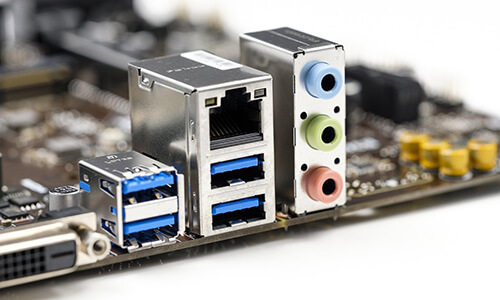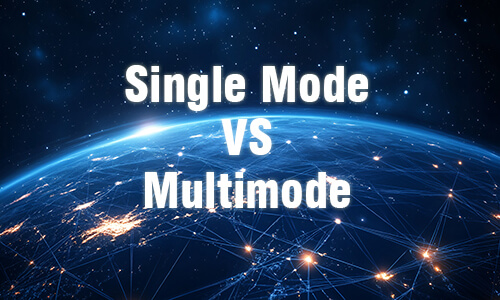Industrial and Commercial Switch? A Selections Guide
Ethernet switch are the cornerstone of modern network architectures, facilitating seamless data flow between devices. However, not all switches are created equal. Industrial and commercial switches are tailored to distinct operating environments and application needs, including environmental adaptability, performance, and functionality. Understanding their differences is crucial for optimizing network deployment and ensuring long-term stability.
1.Environmental Adaptability
Temperature Tolerance
Industrial ethernet switch are engineered to endure extreme temperatures. They typically support a wide temperature range, often from -40°C to 75°C (Industrial switch designed and manufactured by Levin Link generally operate within a temperature range of -40°C to 80°C). This makes them suitable for outdoor installations, factory floors, and other environments with significant temperature fluctuations. In contrast,
Commercial ethernet switch are designed for more temperate indoor settings, with an operational temperature range usually between 0°C and 40°C.
Dust, Moisture, and Vibration Resistance
Industrial ethernet switch often feature rugged enclosures and high IP (Ingress Protection) ratings, such as IP30 or higher, providing protection against dust and moisture. They are also built to withstand vibrations, which is essential in industrial settings with heavy machinery.
Commercial ethernet switch, on the other hand, lack such robust protection mechanisms and are better suited for clean, stable office environments.
2.Performance
Redundancy and Resilience
Industrial ethernet networks demand high availability. Industrial ethernet switch frequently offer redundant power supplies, link aggregation, and rapid spanning tree protocols (RSTP) to minimize network downtime. In some cases, they can achieve sub-50ms recovery times in the event of a link failure (Data reference).
Commercial ethernet switch may also have redundancy features, but they are generally not as advanced or as crucial for typical office applications.
Data Throughput
Industrial ethernet switch are designed to handle large volumes of data, especially in real-time applications like industrial automation. They often support high-speed ports, such as 10Gbps or even 100Gbps in more advanced models.
Commercial ethernet switch also provide high-speed connectivity, but their throughput requirements are typically more focused on general-purpose office tasks, such as file sharing and web browsing.
3.Functionality
Protocol Support
Industrial ethernet switch are equipped to support a wide range of industrial protocols, including Modbus TCP, PROFINET, and EtherNet/IP. These protocols are essential for communicating with industrial devices like programmable logic controllers (PLCs), sensors, and actuators.
Commercial ethernet switch mainly support standard Ethernet protocols, which are sufficient for most office-based applications.
Management Features
Industrial ethernet switch offer comprehensive management features, such as SNMP (Simple Network Management Protocol) for remote monitoring and configuration, Quality of Service (QoS) settings to prioritize critical traffic, and port – based security features.
Commercial ethernet switch also have management capabilities, but they may not be as extensive or tailored to the specific needs of industrial networks.
4.Cost Considerations
Industrial ethernet switch are generally more expensive than their commercial counterparts. This is due to their specialized design, rugged construction, and advanced features. However, in industrial applications where network reliability is non – negotiable, the higher cost is often justified.
Commercial ethernet switch, with their lower price point, are a cost – effective choice for office networks where the consequences of network failure are less severe.
5.How to Choose?
Conclusion
Industrial and commercial ethernet switch serve distinct purposes, and the right choice depends on the specific requirements of the network environment. By carefully evaluating factors such as environmental conditions, performance needs, functionality requirements, and budget




